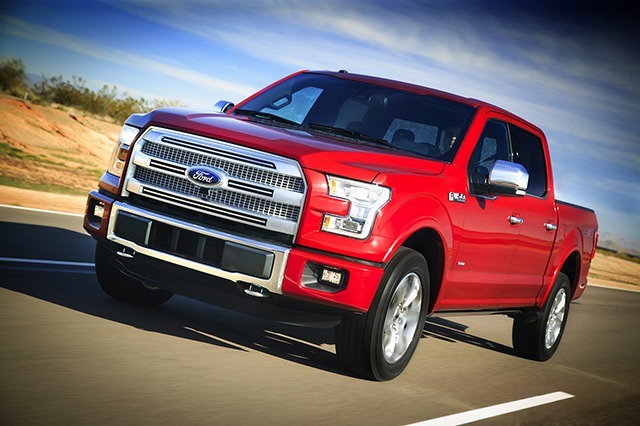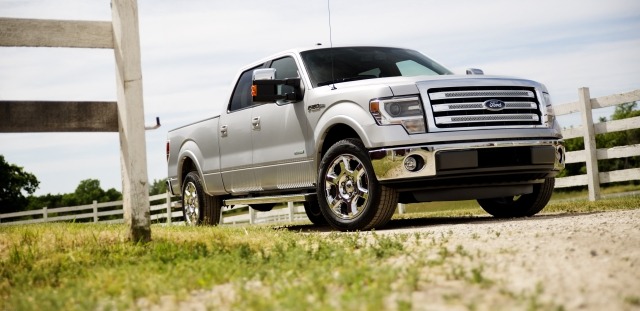Search the Community
Showing results for tags 'SAE'.
-
Fast Facts Some of the terminology and acronyms you will find when researching electric vehicles may seem confusing. Here are some definitions that will help you better understand the literature you will find. EV - Electric Vehicle - A vehicle that is propelled by a motor powered by electrical energy from rechargeable batteries or another source onboard the vehicle HEV - Hybrid Electric Vehicle - An EV that combines an internal combustion engine with an electric propulsion system. The charge on the batteries is maintained through the normal operation of the engine PHEV - Plug in Hybrid Electric Vehicle - An HEV that incorporates a separate battery system where the charge is maintained by plugging into an external power source BEV - Battery Electric Vehicle - An EV that does not have a combustion engine at all, rather it relies solely on a battery system and must be plugged into a charging source to replenish the charge EVSE - Electric Vehicle Supply Equipment - The "charging" equipment used to maintain a charge on EV battery systems Level 1 EVSE - 120 Volt Charging Equipment - Can fully charge an all-electric vehicle in about 18 hours. A plug-in hybrid may charge to capacity in as little as six hours depending on the capacity of the battery pack Level 2 EVSE - 240 Volt Charging Equipment - Similar to what is used for a clothes dryer, and is well suited for more quickly charging BEVs. Charging time is approximately three to eight hours, depending on vehicle type Level 3 EVSE - High Voltage DC Charging Equipment - Requires three-phase electric service and is the most expensive system. The primary benefit is the capability to charge the vehicle to approximately 80 percent capacity in 30 minutes Charge Coupler - The connecter and mating vehicle receptacle that connects the electric charging source to the electric vehicle EPRI - Electric Power Research Institute - An independent, non-profit company performing research, development and demonstration in the electricity sector for the benefit of the public SAE - Society of Automotive Engineers - A non-profit educational and scientific organization dedicated to advancing mobility technology to better serve humanity J1772 - The North American (And Japanese adopted) SAE standard for the design of the Charge Coupler (a pin and sleeve device) CCID - Charge Circuit Interrupting Device - A safety device that will disable utility power to your electric vehicle charger in the event that a loss of isolation is detected
-
Back in 2008, the Society of Automotive Engineers (SAE) came up with a new standard for light-duty pickup tow ratings. Called J2807, the standard would simplify the testing methods for determining the max tow weight a light-duty pickup could handle. The standard was to be implemented in the 2013 model year, but it wasn't. Ford in 2012 surprised everyone by saying it would not adopt the new standard for the 2013 F-150 and would wait till the 2015 redesign. GM and Ram followed suit there after. The reasoning behind this? J2807 would have likely lowered the tow ratings and that wasn't something you really wanted to market. Toyota was the only manufacturer to do it and saw its towing ratings on the Tundra drop 400 pounds. Now two out of those three implement the standard for 2015. Automotive News reports that Ford and Ram will adopt J2807 for the 2015 model year. As for GM, a spokesman says "when the other two major manufacturers move, we will move at that time." Source: Automotive News (Subscription Required) William Maley is a staff writer for Cheers & Gears. He can be reached at [email protected] or you can follow him on twitter at @realmudmonster. View full article
- 1 reply
-
- Ford
- General Motors
- (and 5 more)
-
Back in 2008, the Society of Automotive Engineers (SAE) came up with a new standard for light-duty pickup tow ratings. Called J2807, the standard would simplify the testing methods for determining the max tow weight a light-duty pickup could handle. The standard was to be implemented in the 2013 model year, but it wasn't. Ford in 2012 surprised everyone by saying it would not adopt the new standard for the 2013 F-150 and would wait till the 2015 redesign. GM and Ram followed suit there after. The reasoning behind this? J2807 would have likely lowered the tow ratings and that wasn't something you really wanted to market. Toyota was the only manufacturer to do it and saw its towing ratings on the Tundra drop 400 pounds. Now two out of those three implement the standard for 2015. Automotive News reports that Ford and Ram will adopt J2807 for the 2015 model year. As for GM, a spokesman says "when the other two major manufacturers move, we will move at that time." Source: Automotive News (Subscription Required) William Maley is a staff writer for Cheers & Gears. He can be reached at [email protected] or you can follow him on twitter at @realmudmonster.
- 1 comment
-
- Ford
- General Motors
- (and 5 more)
-
By William Maley Staff Writer - CheersandGears.com April 10, 2013 Ford, General Motors, and Ram are continuing their stance on ignoring the SAE testing procedure for towing ratings according to Automotive News. The procedure, named J2807, is designed to reflect how the pickups are really used, and are supposed to be more accurate than the non-SAE numbers, which manufacturers supply. The procedure tests a pickup’s structure, propulsion, handling, braking, and thermal-handling ability, in a set environment. This procedure also has the truck equipped and not equipped with a load. All of the truck manufacturers agreed to start this procedure in 2013. Only one manufacturer has actually gone ahead and implemented the procedure; Toyota. Toyota isn't pleased their the only brand who is doing this and has called on the other manufacturers to “do the right thing.” The big three isn't budging. General Motors says they won't implement the procedure until Ford does it. Ram is in the same boat as GM. Ford says they thought the procedure only applies to new models starting this year. They went onto say that the new F-150, due out in 2015, would use this procedure. Source: Automotive News (Subscription Required) William Maley is a staff writer for Cheers & Gears. He can be reached at [email protected] or you can follow him on twitter at @realmudmonster. View full article
- 1 reply
-
- Ford
- General Motors
-
(and 5 more)
Tagged with:
-

Truck Manufacturers Argue Over The SAE Towing Test
William Maley posted an article in Automotive Industry
By William Maley Staff Writer - CheersandGears.com April 10, 2013 Ford, General Motors, and Ram are continuing their stance on ignoring the SAE testing procedure for towing ratings according to Automotive News. The procedure, named J2807, is designed to reflect how the pickups are really used, and are supposed to be more accurate than the non-SAE numbers, which manufacturers supply. The procedure tests a pickup’s structure, propulsion, handling, braking, and thermal-handling ability, in a set environment. This procedure also has the truck equipped and not equipped with a load. All of the truck manufacturers agreed to start this procedure in 2013. Only one manufacturer has actually gone ahead and implemented the procedure; Toyota. Toyota isn't pleased their the only brand who is doing this and has called on the other manufacturers to “do the right thing.” The big three isn't budging. General Motors says they won't implement the procedure until Ford does it. Ram is in the same boat as GM. Ford says they thought the procedure only applies to new models starting this year. They went onto say that the new F-150, due out in 2015, would use this procedure. Source: Automotive News (Subscription Required) William Maley is a staff writer for Cheers & Gears. He can be reached at [email protected] or you can follow him on twitter at @realmudmonster.- 1 comment
-
- Ford
- General Motors
-
(and 5 more)
Tagged with:



